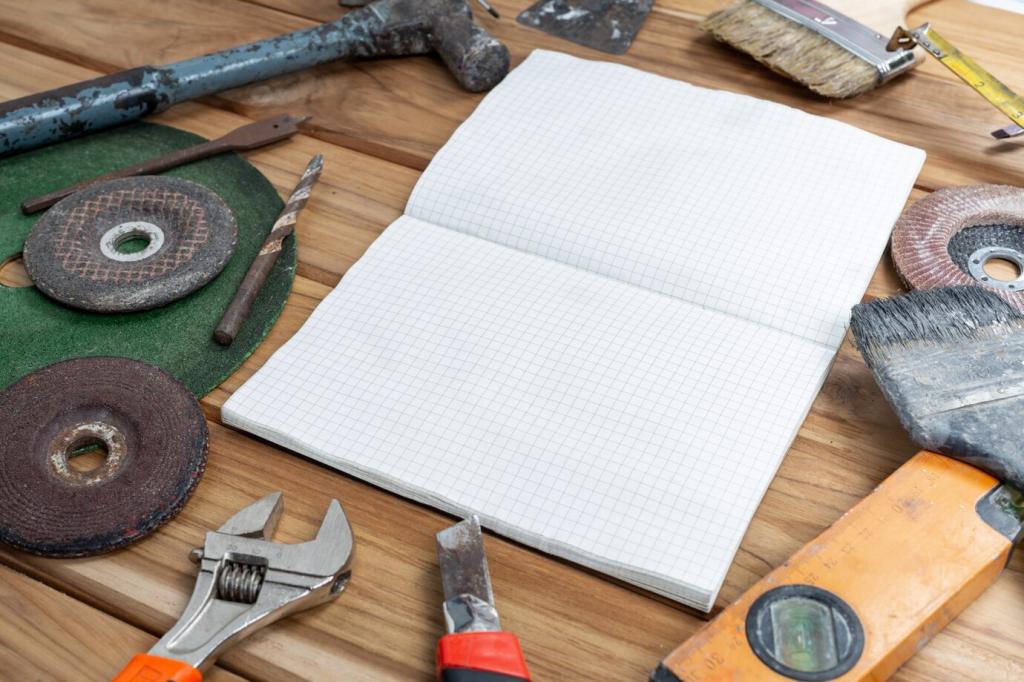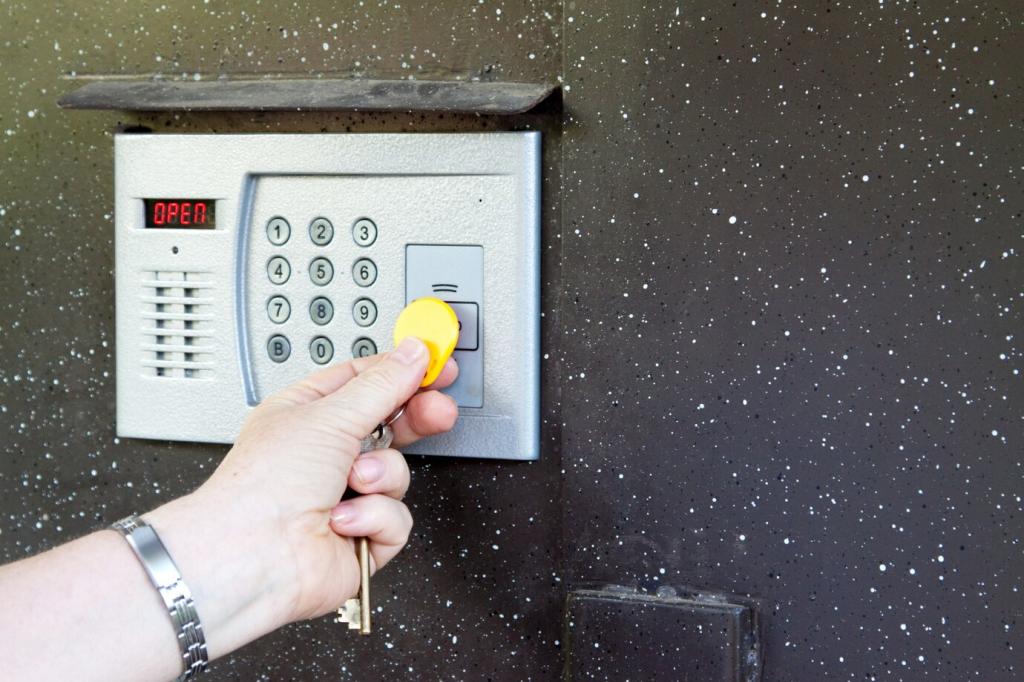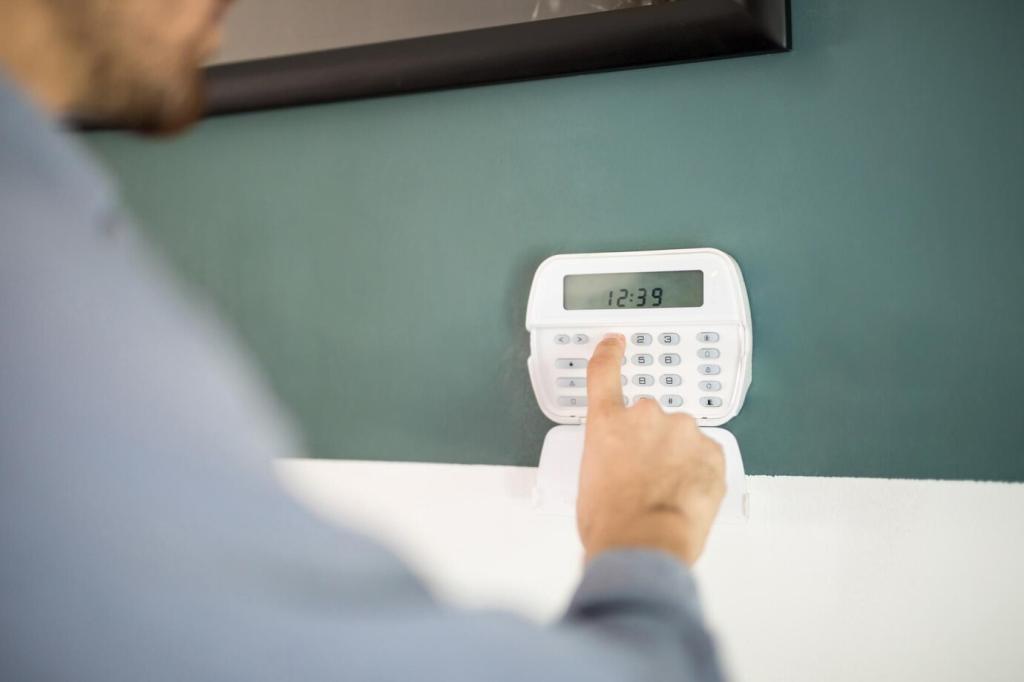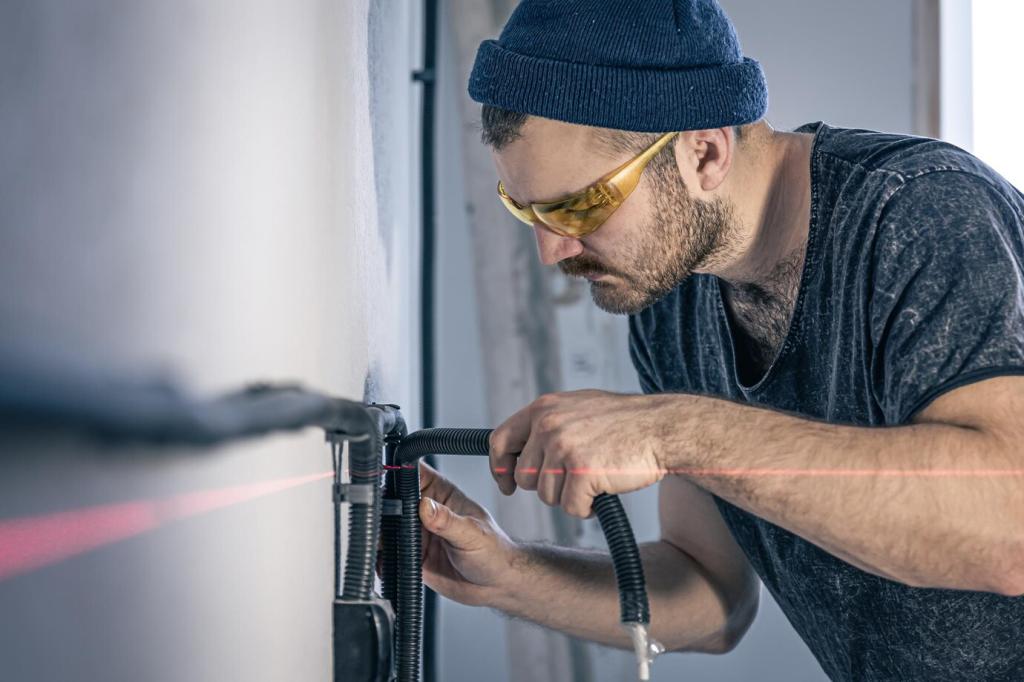DIY Home Safe Installation Tips: Secure What Matters, Step by Step
Chosen theme: DIY Home Safe Installation Tips. Welcome! If you’ve ever wondered how to anchor a safe properly, choose the smartest spot, and avoid costly mistakes, you’re in the right place. Let’s blend practical know-how with real-world stories so you can protect heirlooms, documents, and peace of mind. Subscribe and share your questions as we go.

Plan First: Safety, Scope, and Smart Preparation
List what the safe must protect—cash, passports, jewelry, hard drives, or heirlooms—and match the safe’s size and rating accordingly. A reader once realized their tall binder didn’t fit after bolting down the safe. Measure real items, not guesses, and decide who needs access, how often, and under what circumstances.

Plan First: Safety, Scope, and Smart Preparation
Heavy safes challenge staircases, doorframes, and flooring. Measure every turn, threshold, and landing before moving day. Protect floors with plywood, use an appliance dolly with straps, and recruit enough helpers. If the route is risky, stage the safe near its destination and move gradually. Your back—and walls—will thank you.
Pick the Location: Discretion Meets Structure
Burglars often beeline for the primary bedroom closet. Consider less predictable locations like a pantry corner, basement alcove, or a closet behind heavy storage. A subscriber hid theirs behind shelving with locking casters, blending everyday clutter with serious protection. Discretion buys time, which is a major security advantage.
Concrete Anchoring Basics
Mark hole locations through the safe’s factory anchor points, remove the safe, and drill with the correct masonry bit depth and diameter. Vacuum dust thoroughly; debris weakens hold. Insert wedge anchors, reposition the safe, then torque nuts evenly to spec. One reader’s loose anchor spun because dust remained—cleaning is security.
Wood Floor Anchoring Best Practices
Find joists with a reliable stud finder and verify with a tiny pilot hole. Where alignment misses, add blocking beneath the subfloor or use a steel backing plate to distribute force. Pre-drill, then drive quality lag bolts to the recommended depth. Finally, recheck torque after a week as materials settle.
Leveling, Shimming, and Anti-Pry Details
An unlevel safe can bind its door and invite pry leverage. Level front-to-back and side-to-side using composite shims that won’t compress. Keep the front slightly lower to encourage automatic door closure. Use tamper-resistant washers or sleeves where applicable, and minimize gaps beneath edges to reduce crowbar purchase points.
Power, Access, and Everyday Usability
Use high-quality, name-brand batteries and replace them on a calendar schedule, not only when low. Keep spares outside the safe and test after installation. A reader missed a flight because dead batteries delayed opening; a simple quarterly swap would have prevented drama and protected the keypad’s reliability long term.


Power, Access, and Everyday Usability
Check hinge side, full swing angle, and shelf interference before drilling. Ensure you can open drawers or files inside without removing the safe’s contents. Avoid placing the handle where it collides with framing. Tape an outline on the floor and “test open” with cardboard to visualize clearance and movement comfortably.

This is the heading
Lorem ipsum dolor sit amet, consectetur adipiscing elit. Ut elit tellus, luctus nec ullamcorper mattis, pulvinar dapibus leo.

This is the heading
Lorem ipsum dolor sit amet, consectetur adipiscing elit. Ut elit tellus, luctus nec ullamcorper mattis, pulvinar dapibus leo.
Avoid These Common DIY Mistakes
Weight alone is not security. Thieves can tip, slide, or dolly an unanchored safe. Even modest wedge anchors or lag bolts dramatically increase resistance. One reader found pry marks after a break-in; anchors and better placement later deterred a second attempt. Bolt it down, every time, no excuses.
Avoid These Common DIY Mistakes
Condensation ruins documents, corrodes firearms, and tarnishes jewelry. Add desiccant packs or a dehumidifier rod, and monitor with a small hygrometer. Basements and coastal homes need extra vigilance. Replace desiccant regularly and inspect for musty smells. Preventive moisture management costs little and preserves valuables for decades.



Maintenance, Testing, and Confident Habits
Verify anchor tightness, test the keypad or dial, inspect the door gasket, and listen for hinge squeaks. Replace batteries proactively and refresh desiccant. Wipe down exterior surfaces and confirm nothing blocks the door swing. A simple calendar reminder keeps your protection reliable when stress or emergencies strike unexpectedly.
Maintenance, Testing, and Confident Habits
Run timed drills for retrieving passports or medical documents. You’ll discover awkward shelves, sticky binders, or cramped lighting before it matters. One subscriber shaved thirty seconds off their routine by rearranging folders. That tiny improvement could be crucial during travel rushes or after a late-night alert from your security system.
